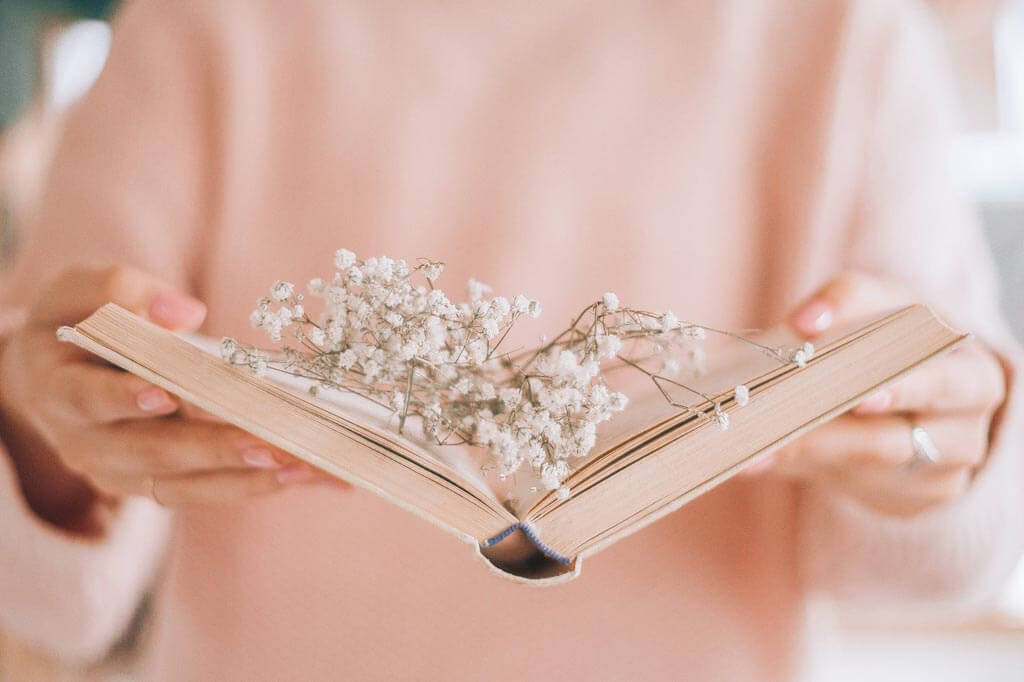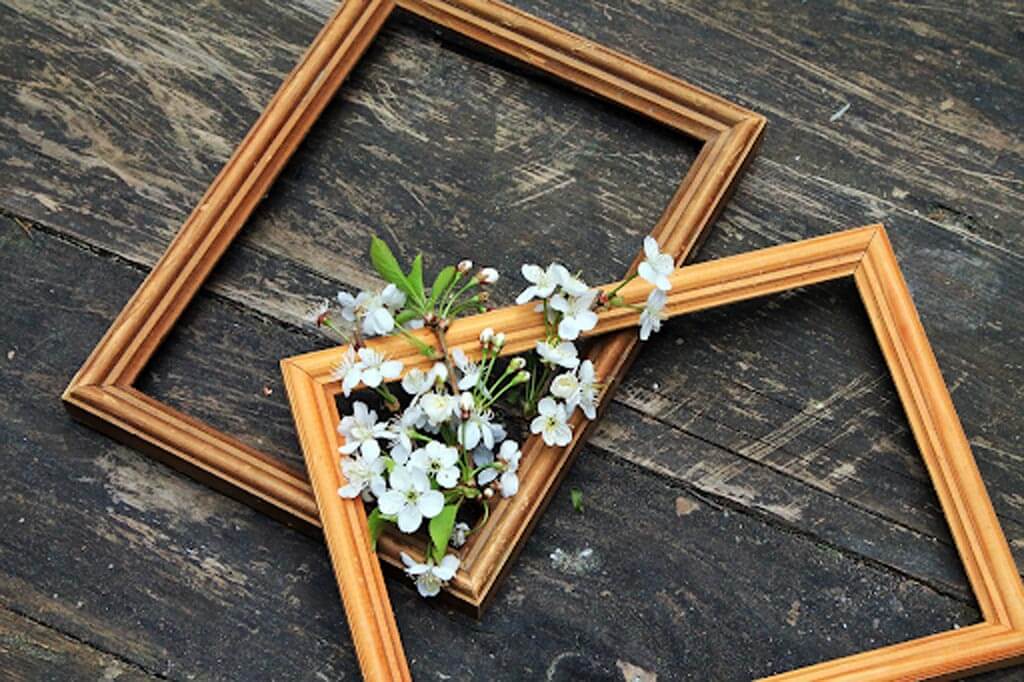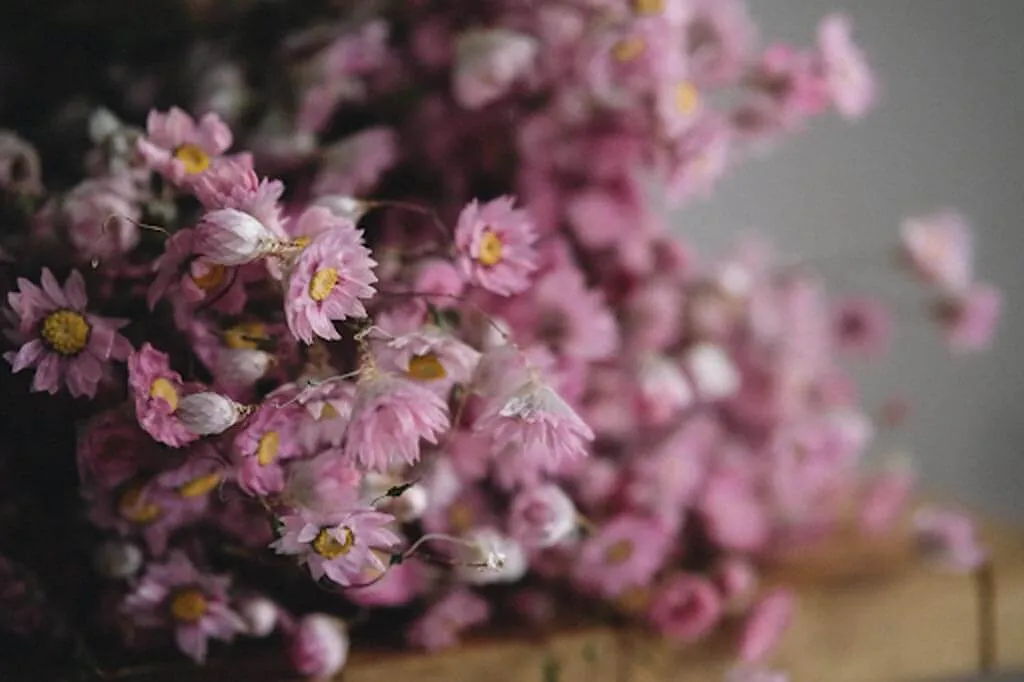Create Verdant Home Interior with this Pressed Plants Tutorial
Published on: October 7, 2020
Updated on: April 18, 2024
0 Like
Pressed flowers and leaves refer to preserved plants perfect for plantitos and plantitas who want to elevate their home’s ambiance with green foliage and vegetal life without the hassle of learning gardening techniques.
Indoor plants offer lots of value in a home but not everyone is blessed with a green thumb to attend to its tedious demands. If you lost count of the number of plants you unintentionally killed, then pressed plants may be the option for you.
Pressed plants are perfect for those who don’t have the luxury of time to include daily gardening in their schedule. Flowers, leaves, and moss at the prime of their lives are cut and collected to make pressed plants. This is why they retain their best qualities even after a long time. They require no maintenance, no watering, and no intricate horticultural knowledge.
Even if there’s a large variety of functional and decorative plants to choose for your condo, maintaining them requires dedication. So if this isn’t working for you, then try these steps on how to press and preserve flowers and plants at home. This list will teach you how to practice your skills in arts and crafts while learning the art of pressing plants.
Make flowers everlasting
 Photo courtesy of Cary Bates via Unsplash
Photo courtesy of Cary Bates via Unsplash
1. Pressing flowers the old-fashioned way with books
 Photo courtesy of Alina Vilchenko via Pexels
Photo courtesy of Alina Vilchenko via Pexels
- Freshly-cut flowers
- A telephone book or a coffee table book
- Two sheets of bond paper
- A heavy cardboard
- Any heavyweight material such as a rock or a dumbbell
- Prepare the freshly-cut roses you intend to preserve. Make sure they don’t have droplets of water. Dry them under the sun for a few minutes to make the pressing procedure more successful.
- Open the telephone book at the center. This is where you will place the flowers that will undergo the pressing process. If you don’t have a telephone book, use a coffee table book with a hardbound cover instead.
- Put a bond paper on the page of the book where you’ll be placing the flowers.
- Lay and arrange the roses on the bond paper you placed on the book’s page. Arrange them neatly making sure the flowers aren’t on top of each other.
- Once the flowers are aligned, place another bond paper on top of the flowers then begin the pressing process by closing the telephone book.
- Place flat hard cardboard on top of the book. This will act as a platform on which you’ll place a heavy object such as a rock or barbell plate for the flowers to be thoroughly pressed.
- Be patient. You can check the flowers once a week to see if they are dry. Although as much as possible, do not disturb the process. Three weeks should be ample time for the flowers to be dried and pressed.
2. Pressing flowers using a microwave oven
 Photo courtesy of Kartashova via Pixabay
Photo courtesy of Kartashova via Pixabay
- Flower blooms with its stems removed
- A microwave oven
- A flat ceramic plate
- Paper towels
- Prepare the flowers you want to press. If their stems are still attached, remove them using a pair of scissors.
- Lay a piece of paper towel and place the flowers on it.
- Add another layer of paper towel to cover the flowers. Then place everything inside the microwave oven.
- Place a flat microwavable ceramic plate on top of the paper towel covering the flowers. The plate will act as a weight that will press on the flowers as it heats up.
- Set the microwave heat level to low then let the flowers dry up for 20 to 30 seconds. The length of time varies with different flowers so it’s a good idea to experiment first to make sure you get the right setting.
- Let the flowers cool off for a while before you get them
3. Preserve leaves with glycerin
 Photo courtesy of Fotoblend via Pixabay
Photo courtesy of Fotoblend via Pixabay
- Leaves
- Glycerin
- A flat pan
- Water
- Glass baking pans
- Clean the leaves using a cloth to get rid of dirt. Remove its stems using a pair of scissors.
- Mix glycerin and water following a 1:2 ratio in a flat pan. Glycerin is a chemical that will preserve the color and freshness of the leaves. It can easily be found in hardware stores.
- Submerge the leaves you want to preserve in the glycerin water solution. Use a glass baking pan or any flat material that will keep the leaves submerged in water.
- Leave the leaves submerged for 3 to 5 days before taking them out and letting them dry under the sun.
4. Green interiors with preserved moss
 Photo courtesy of NaoYuasa via Pixabay
Photo courtesy of NaoYuasa via Pixabay




